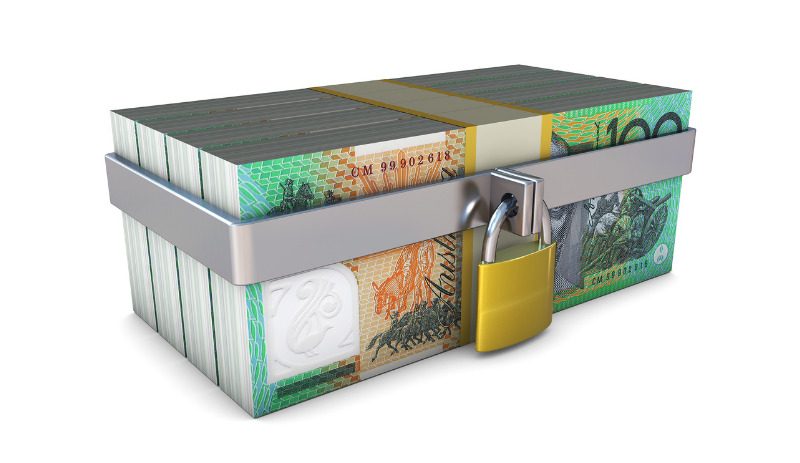Why we don’t refinance our home loans (and why you should)
Most Australians stick with the major banks when they have a home loan, even though switching to a non-major lender could take years off their mortgage and save them tens of thousands of dollars.
Home buyers cite a range of reasons why they don’t take advantage of better rates. These include dislike of paperwork, the perceived costs of refinancing, the effort of changing direct debits and the imagined inconvenience of dealing with more than one financial institution.
But these concerns are often based on misconceptions. The reality is that interest is by far the largest single cost of a home loan, and the effort and costs of switching are minimal when stacked up against the savings to be made by switching to a lower-rate loan.
Just how much is this costing?
A recent check of the RateCity.com.au database shows a gap of nearly 1 percentage point between the average standard variable rate charged by bank lenders (5.28 per cent) and the average rate charged by all home lenders (4.40 per cent). On a 30-year loan of $350,000, this difference would save the borrower a massive $67,161.
There are plenty of alternatives to banks, with credit unions, building societies and non-bank lenders offering dozens of cheaper home loans. So why don’t borrowers refinance to cheaper loans?
According to a consumer survey conducted by RateCity.com.au, these reasons include perceived good value on interest rates and fees, keeping financial products together, lack of time for paperwork and a feeling that their lender makes it too hard.
The survey also found that about one third of Australians haven’t changed banks since their first bank as a child.
The truth is that the standard refinancing process isn’t a big deal and can be quite quick. It usually takes from two to four weeks, though some lenders offer a fast-track process that can complete the entire change-over within three days.
Costs of refinancing – are they really that high?
A common misconception among borrowers is that refinancing costs can be high. But this isn’t necessarily the case.
Most lenders charge a discharge fee. But with average discharge fees at $250, this isn’t a big bar to switching lenders, compared to the savings in interest charges.
The new lender may require you to pay upfront fees. The average start-up fee on a new home loan is around $400, but RateCity.com.au has identified more than 1200 loans with no upfront fees at all.
Even if a new lender does charge such a fee, you can ask to have it waived. Many lenders will do exactly that to win your business.
If your existing loan is on a fixed rate, there may also be a break fee. This amount is determined at the time you break the contract and is based on how much your bank stands to lose in interest repayments.
As a general rule, the more the variable rate has dropped since you first took out your loan, the higher the break fee will be. This can be the biggest cost of moving, so it pays to check first.
Are banks safer?
Many Australians assume major banks are safer than non-majors because they are cashed-up and secure. In fact, building societies and credit unions are just as highly regulated as banks.
Mortgages are long-term financial products, but there is no need to feel you are locked in for life. Refinancing is easier than many people think, and it is not uncommon for borrowers to switch lenders several times over the course of their loan.
While factors such as tradition and perceived convenience may seem persuasive, in the end it’s the total amount of interest you pay that makes the crucial difference. It’s well worth making the effort to be sure you’re getting the best value from your mortgage.
This post was supplied by our friends at RateCity.com.au.
Credit Simple
Credit Simple gives all Australians free access to their credit score, as well as their detailed credit report. See how your credit score compares by age, gender and community and gain valuable insights into what it all means.
All stories by: Credit Simple


